Environmental Solutions
Where there's muck there's brass: dumpster diving for a waste-free world
By Jo Confino via theguardian.com
"Science matters but the mystery is the incredibly power" cradle to cradle inventor Bill McDonough at #SB13con
The master moves like water to the low places that others disdain.
William McDonough,
the creator of the cradle to cradle approach to design, quotes the
ancient Chinese philosophical treatise the Tao Te Ching to describe the
creation of an innovative collaboration he has formed with Waste Management, North America's largest environmental solutions provider and leading residential recycler.
A new cross-sector
partnership will attempt to link design with what's in the dumpster, to
eradicate waste and scale up the circular economy. Photograph: Louie
Psihoyos/ Louie Psihoyos/CORBIS
Sifting through the dumpster
The
partnership, which was announced today, links design with "what's in
the dumpster," and McDonough hopes it will put pressure on producers,
manufacturers, retailers and suppliers of packaged goods and products to
eradicate waste altogether and scale up the circular economy.
For
Waste Management, it offers the opportunity to transform over time to a
resource management company that makes money from the breakdown and
re-use of materials.
The reason that McDonough is excited is that
the new collaboration not only brings a Fortune 200 company into the
heart of the circular economy but also links the entire value chain
together in driving change to create a world in which nothing is thrown
away, but is broken down into component parts which benefit the
surrounding environment.
"By bringing logistics partners and
material science together, we can design up from the dumpster,"
McDonough tells the Guardian at the Sustainable Brands conference
in San Diego. "If I am in the dumpster, I have all sorts of authority
as I can say to companies why are you sending me materials that cannot
be re-used.
"We will surprise people from there, it is authentic.
What kind of business would produce something that ends up costing me
money to dispose of.
"By analysing what's in the dumpster, we will
be able to see the worst offenders and then offer to help them to
change. Reduce, reuse and recycle are not enough if the materials that
are used are not safe. We see resources as nutrients in the biosphere or
technosphere. Once you reframe materials this way, the future of
abundance becomes possible."
McDonough currently has in his
crosshairs the rapid rise in the use of refillable pouches for products,
which companies are hailing as sustainable because they reduce the
weight of packaging, but are made from multi-layered polymers that
cannot be recycled.
What excites McDonough is that the new Waste
Management McDonough Sustainable Innovation Collaborative is an example
of true innovation by getting a massive waste company to think upstream
and become a materials expert.
"Waste management is immediate so
the company has in the past not done material science," he says. "They
do logistics so this is a transformation in their business model. They
have never had a conversation around materials, so there has been no
signal going back upstream."
Start from values, not metrics
While
McDonough believes we could be on a cusp of a sustainability
revolution, he remains worried that too many companies remain stuck in a
world of metrics and reporting.
He takes a particular swipe at
sustainability consultants who he says charged $9 billion last year "to
help us record our metrics but fail to ask what are we doing and why are
we doing it, but how do we do it and what is it.
"One of biggest
things I have discovered in sustainability is that people are so focused
on metrics and measurement. You can work up from that to tactics and
strategy and goals but you cannot get to your values from there.
"If
you start from values, you can think about principles and then goals
and then metrics. People are tired of consultants and advisors when it
is all about metrics – we need to be talking about creativity."
Changing mindsets
Like
other leaders in the field, McDonough recognises that the biggest block
to transformational change is people's minds rather than what is
actually possible.
He says thinking outside of the box scares
people because it is disruptive and managers and employees easily take
offence, because it makes them think they have been doing their jobs
wrong all along.
Our use of language is also important, says
McDonough, and just by having the word waste in common use, it makes us
think about waste. Better to stop using the word altogether.
Science and spirtuality
McDonough,
who also runs an architecture and urban design firm, is an unusual
figure in the field of sustainability because he sees the power of
integrating science and spirituality.
His cradle to cradle
approach has scientific rigour, including an enormous library of
materials and their properties, while the buildings McDonough's
architectural practice are designing can locate every material and where
it is placed inside a building, which increases its overall value as
they can extracted and re-used when their lifespan is over.
But
McDonough also works with spiritual principles. "If something is
possible, therefore it can exist," he says. "Our job is to make it exist
and that is a fierce thing. Physicists say the most powerful force in
the universe is the vacuum, the emptiness – that's where the fierceness
is and the fear is."
Asked what is at the core of his drive for
change and McDonough responds that "it is the mystery that holds me. I
like to have fun and never think of the glass as half empty or half full
but that it is always full of life and air and it is never big enough.
"Science
matters because why would we not want to see the facts and observe but
the mystery is the incredibly power. The value of a vessel is in its
emptiness.
"Being from the arts you see the merger of science and
beauty. When things are becoming more beautiful I know I am on the right
track."
As McDonough turns to go, he points to a quote in his new
book The Upcycle, from Murray Gell-Mann, an American physicist who
received the 1969 Nobel Prize in physics for his work on the theory of
elementary particle: "We have this remarkable experience in the field of
fundamental physics that beauty is a very successful criterion for
choosing the right theory. And why on earth could that be so?"
This content is brought to you by Guardian Professional. Become a GSB member to get more stories like this direct to your inbox











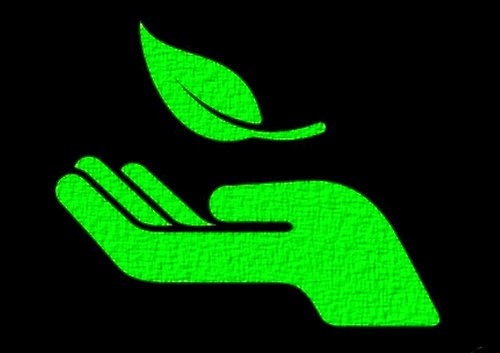

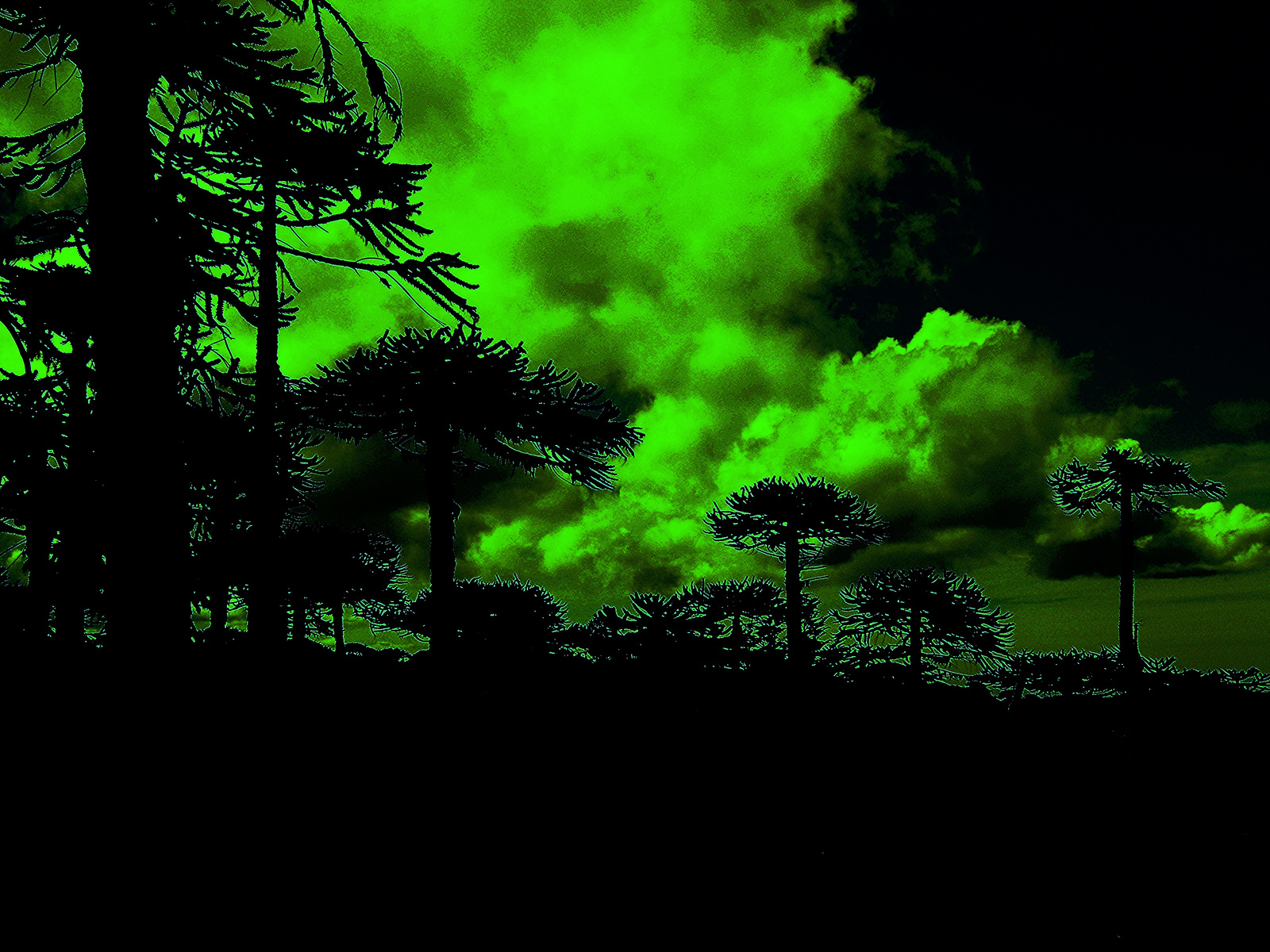

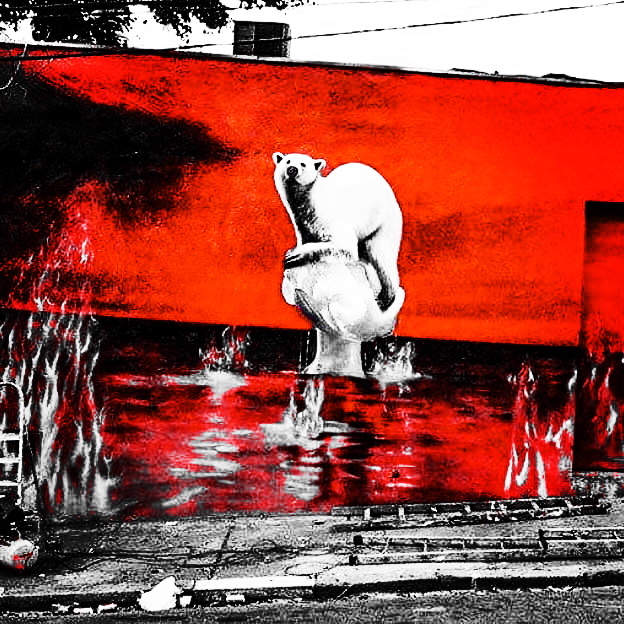
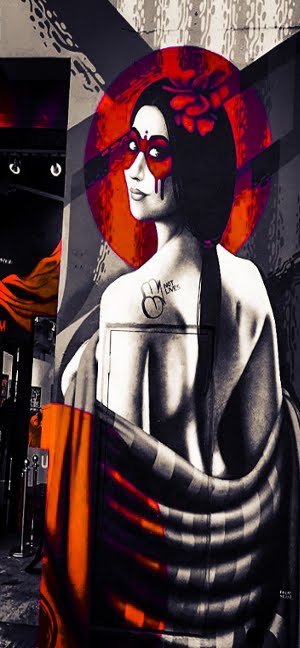

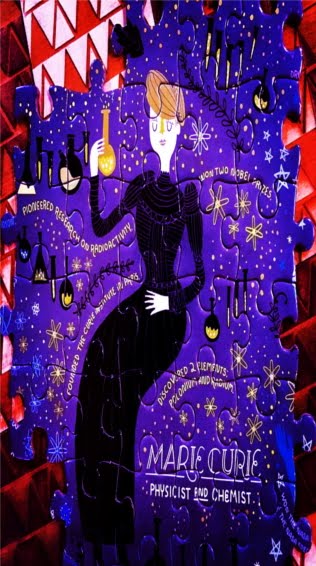



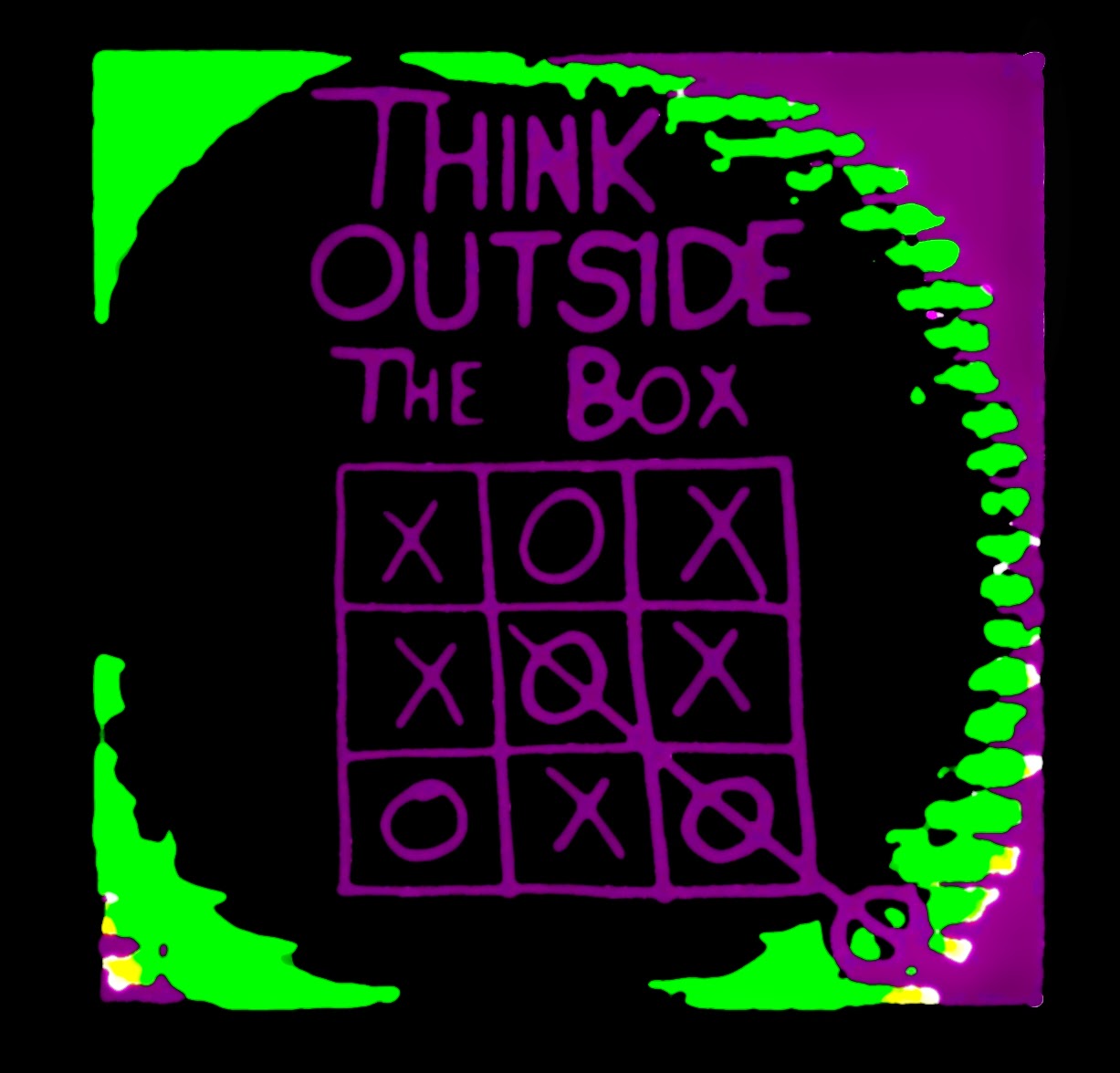
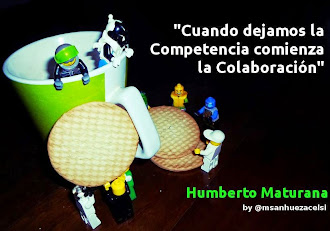


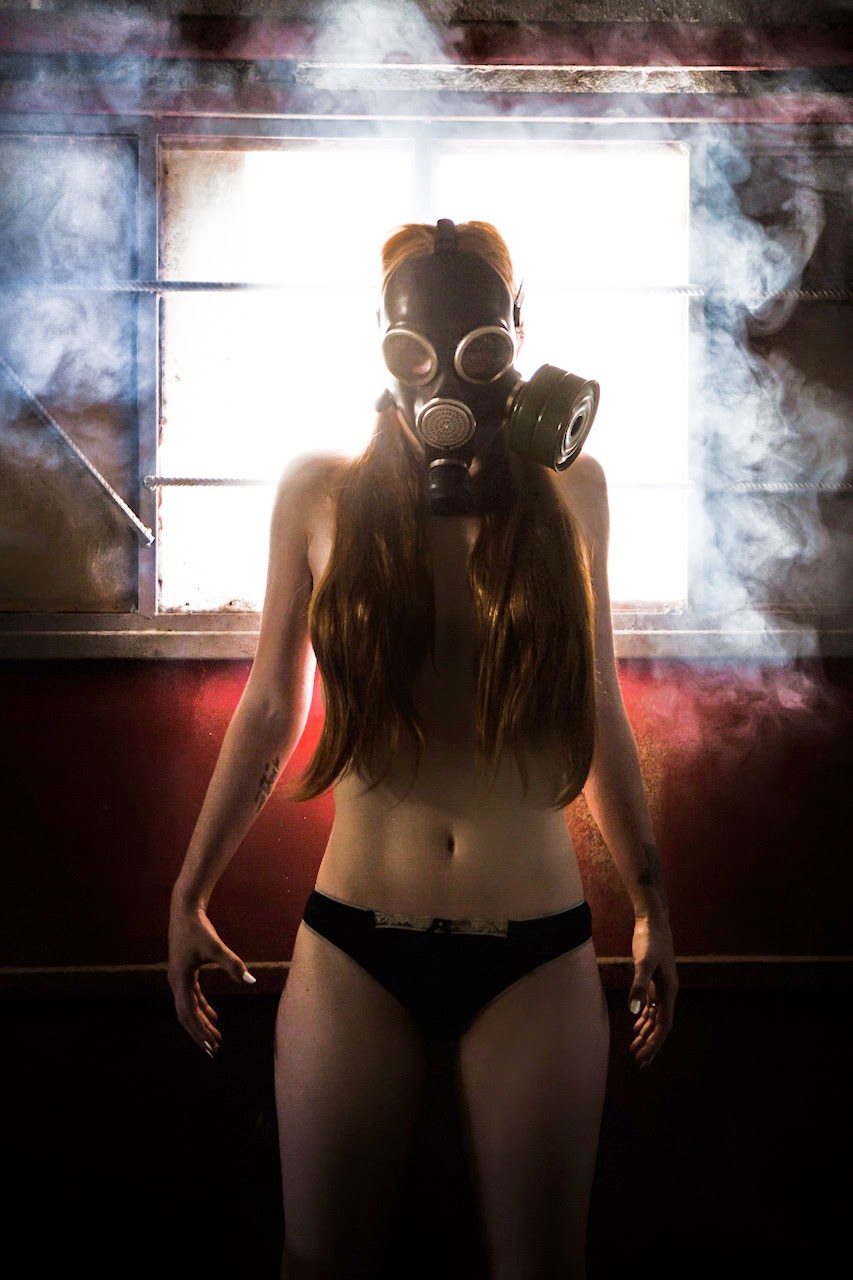










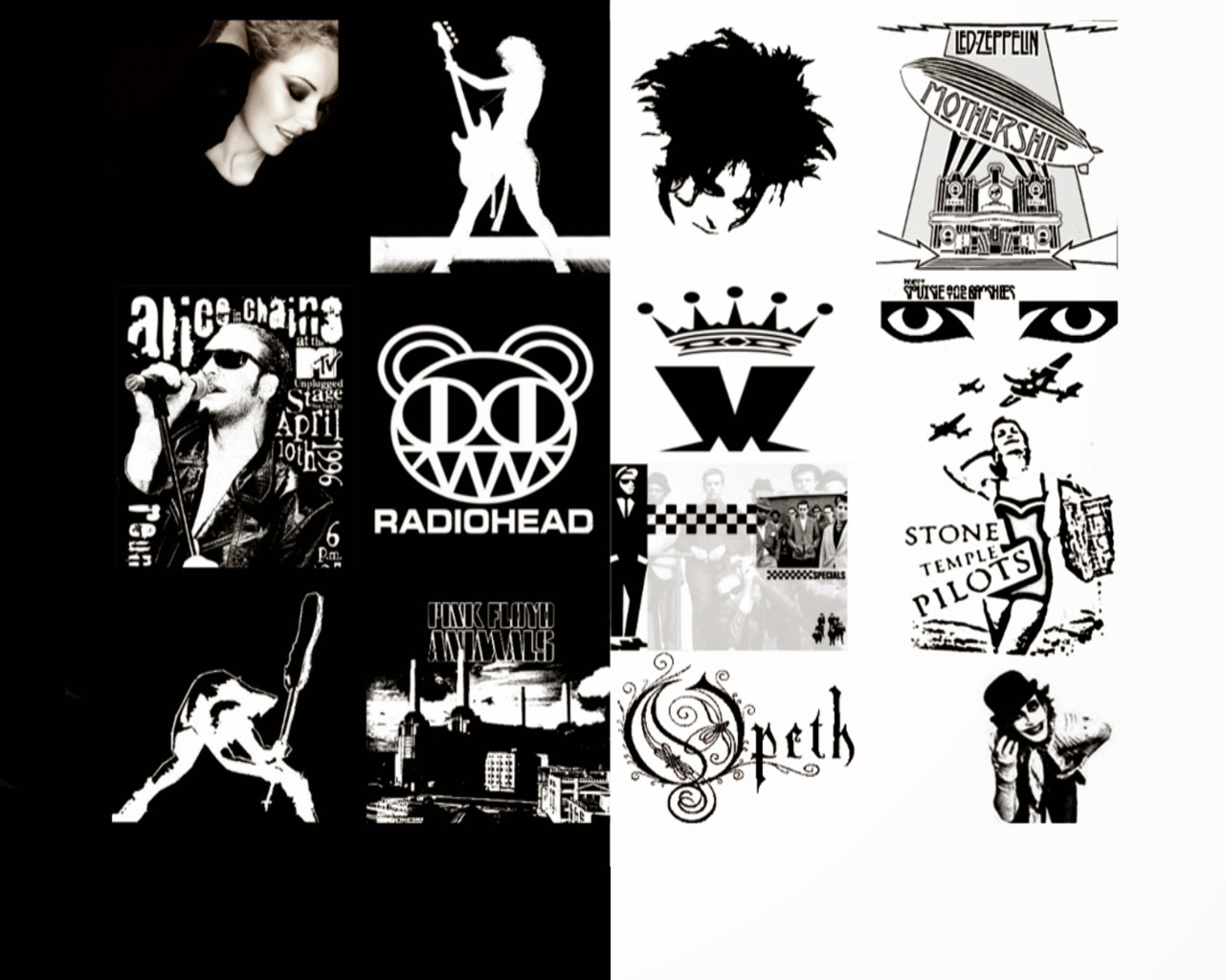


0 comentarios :